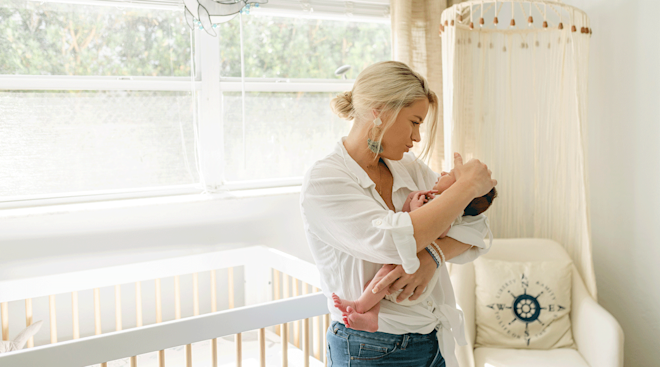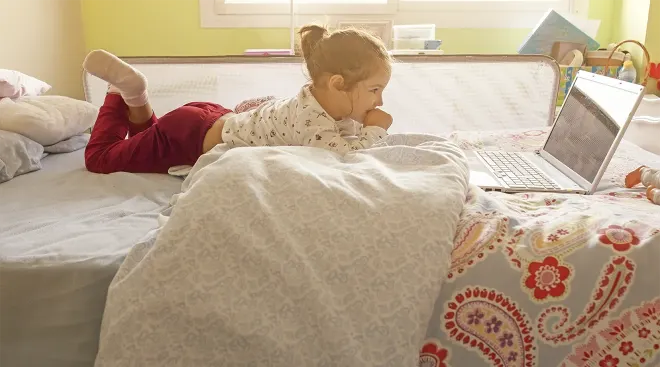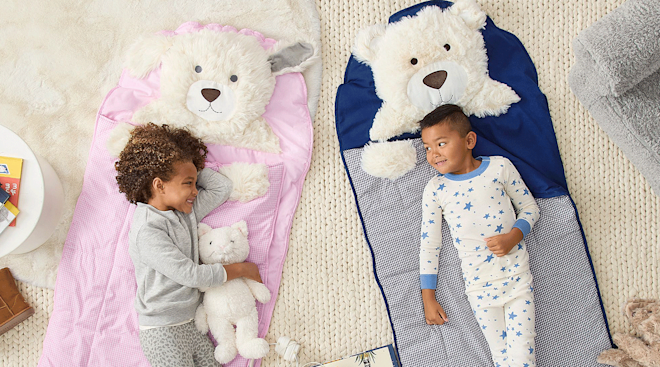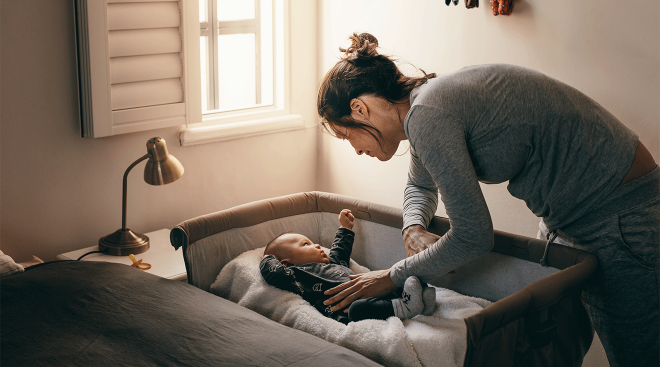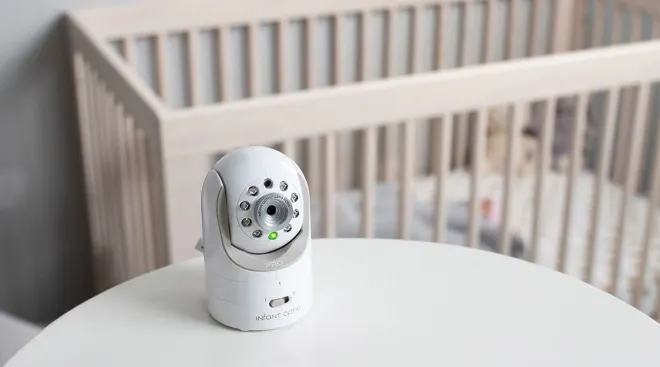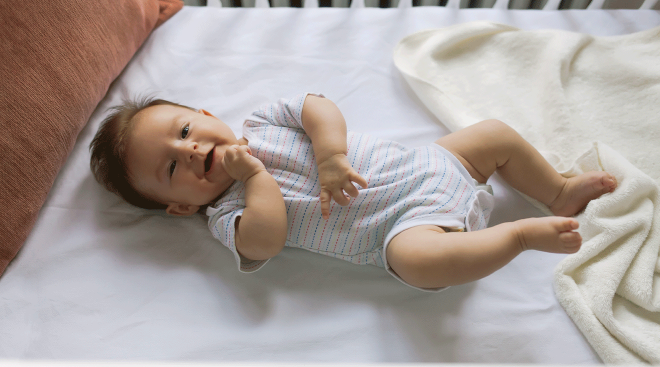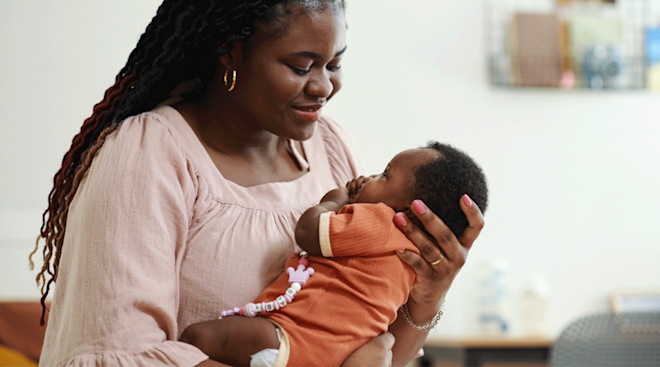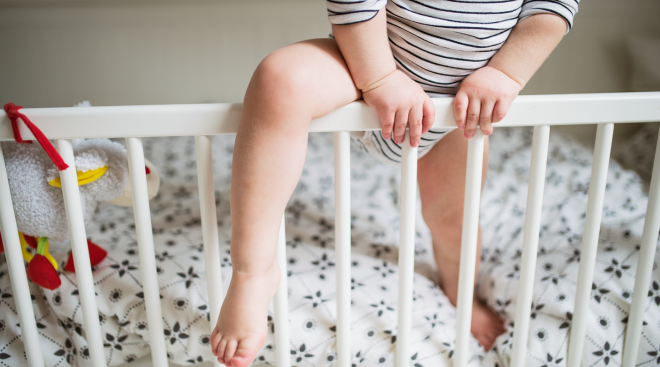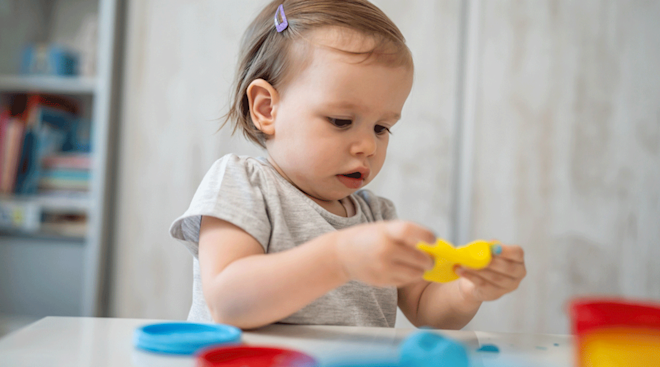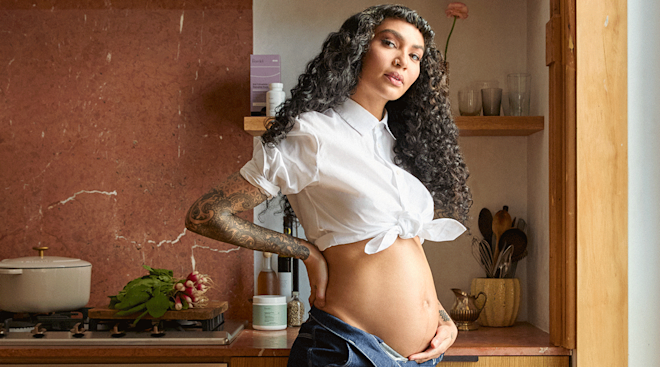How to Help Baby Adjust to Daylight Savings Time
Twice a year the clocks change for Daylight Savings Time, and twice a year it can wreak havoc on babies’ sleep schedules. Having a fussy infant on your hands is never any fun, but thankfully there are a few tricks to helping your little one adjust to the time change. Here’s how to get baby ready to spring forward or fall back—and what to do if the switch gets baby’s sleep off-track.
When the clocks spring forward at the start of Daylight Savings Time, usually in early March, it means one hour less sleep for you. But how will it affect baby? “It can be kind of like the baby has jet lag. They may be harder to put down at bedtime or awake when they’re not supposed to be,” says Angelique Millette, a family sleep consultant in California. “When toddlers or older kids get off-schedule or their routines change, they may exhibit ‘testing’ behaviors,’” such as being moody, cranking or acting up, or may simply need more naps in the following week or so.
Try to prevent problems by getting your child ready about a week before the clock change, Millette suggests. She says putting baby to bed 10 minutes earlier each night for six nights can help make the transition smoother. (And don’t worry if you forget to start that far in advance—you can extend it for a few days post-time-change.) After the clock change, it may help to use room-darkening curtains in the nursery, Millette says, so baby can’t see how light it is outside in the evening.
“Split the difference on Sunday night and Monday if needed,” suggests RoxBride, a Bump user. “In the spring, if it’s 7:45 p.m. and baby isn’t tired, go for an 8:15 p.m. bedtime. Just keep shortening that time until you get back to the 7:45 p.m. bedtime.”
The end of Daylight Savings Time in the fall, usually in early November, means setting the clock back one hour. And while it seems like you’ll be getting one extra hour of sleep, it actually stacks the odds that baby will wake up at 5 a.m. instead of their usual 6 a.m.—and that’s obviously no fun for you.
In the fall, you can use the reverse concept that you did in the spring. Start a week before the switch, and put baby to bed 10 minutes later each night for the six nights leading up to the clock change. “You actually do see them adjust with 10-minute increments,” Millette says.
The strategy worked for Bump user Mainleyfoolish: “In the fall, I keep my daughter up 30 minutes later than normal on Saturday, and her internal schedule works itself out within a day or two,” she says.
Room darkening can help in the fall too, since it lessens the odds of the early morning sun waking your child before you want them to get up. You might also want to pick baby up from the crib 10 minutes later each morning during the lead-up week—but that depends on your child’s temperament and how comfortable you feel letting them hang out solo (if they’re a screamer in the morning, it might not be worth it to you!).
If you’ve got a toddler or a young child, Millette suggests using a sleep clock that changes color according to the time your child is supposed to get up and their bedtime. This isn’t just effective for time changes, she says—it also can help you train an early riser not to wake you up too early in the morning and may help with bedtime battles.
If you don’t manage to perfectly prep for the clock change and you find baby’s sleep cycle is messed up the week or so after, don’t stress. Just find ways to get back to your usual schedule. “Our body clocks really like routine and consistency,” Millette says. “What’s going to work with each family is different. You may want to introduce some calming activities or quiet time before bedtime, or make sure your child’s last nap doesn’t end too late in the afternoon.” The good news: Within a week or two, baby will adjust to the time change naturally.
Please note: The Bump and the materials and information it contains are not intended to, and do not constitute, medical or other health advice or diagnosis and should not be used as such. You should always consult with a qualified physician or health professional about your specific circumstances.
Plus, more from The Bump:
Angelique Millette is a family sleep consultant and parent coach in California with over 20 years of experience. She recieved her doctorate in clinical psychology, specializing in pre-and perinatal psychology, from the Santa Barbara Graduate Institute.
Learn how we ensure the accuracy of our content through our editorial and medical review process.
Navigate forward to interact with the calendar and select a date. Press the question mark key to get the keyboard shortcuts for changing dates.
































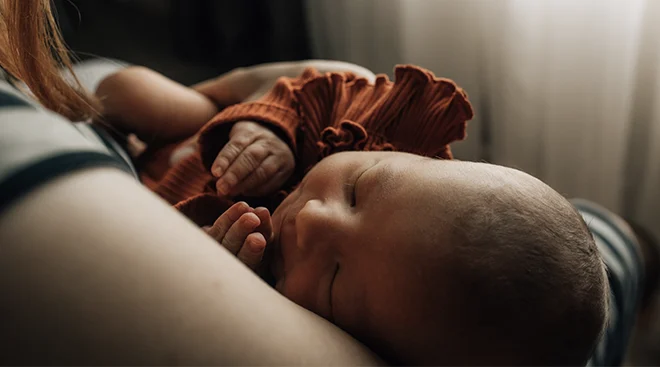
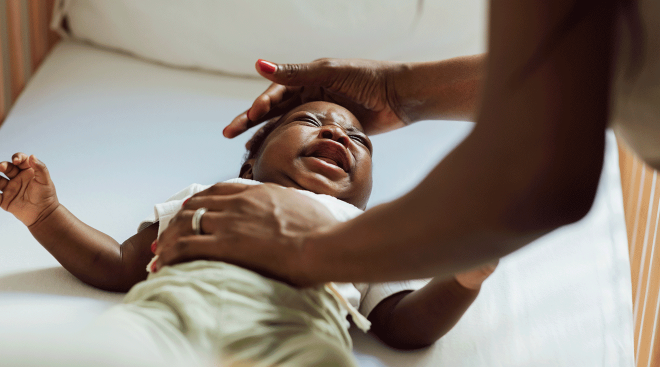


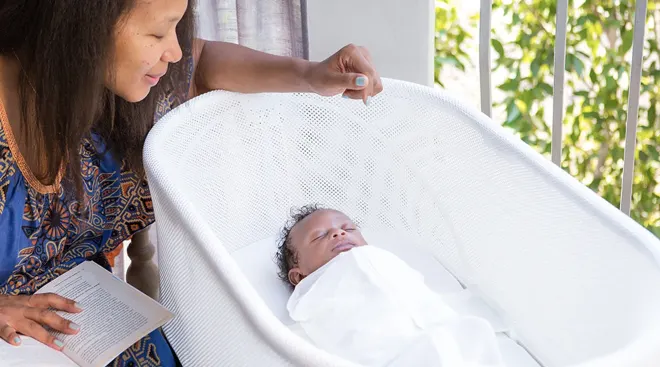

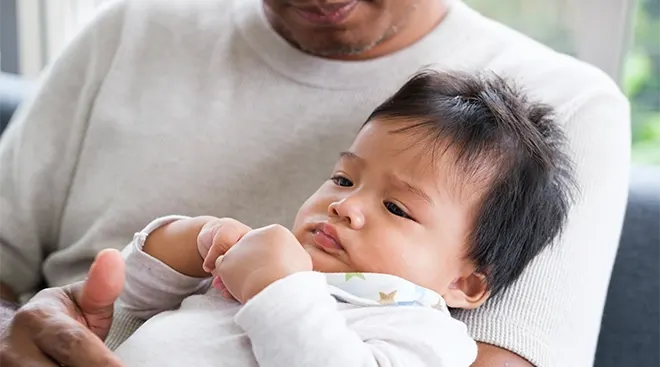
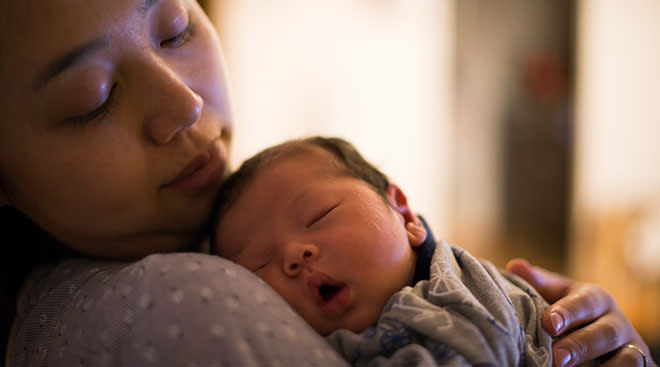
![Tan France, celebrity personality from the popular TV shoe]w Queer Eye.](https://images.ctfassets.net/6m9bd13t776q/2uqRZn7bkb4nWv28drOW16/98b7493289f8f84d699ffa7516be8f90/tan-france-baby-sleep-products-660x367.jpg?q=75&w=660)
